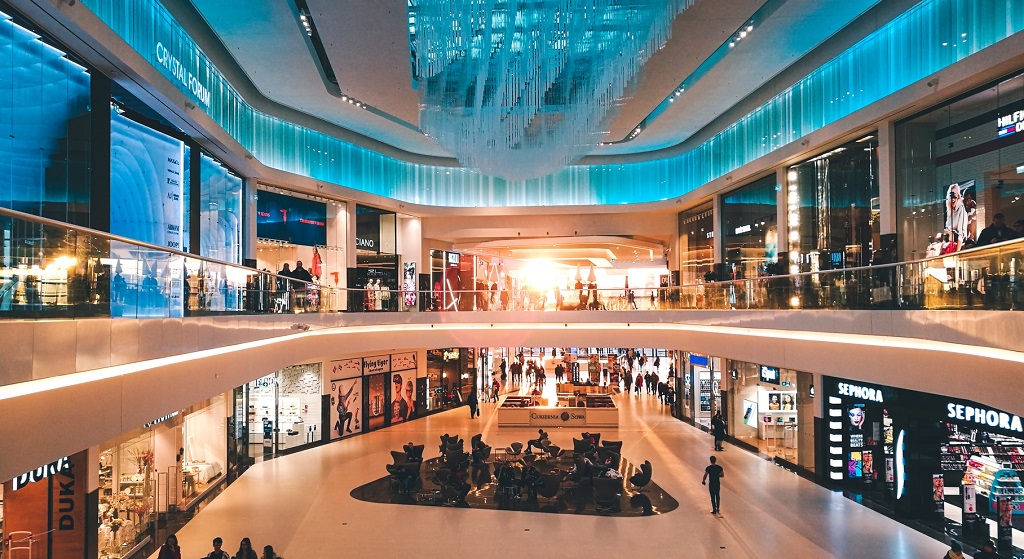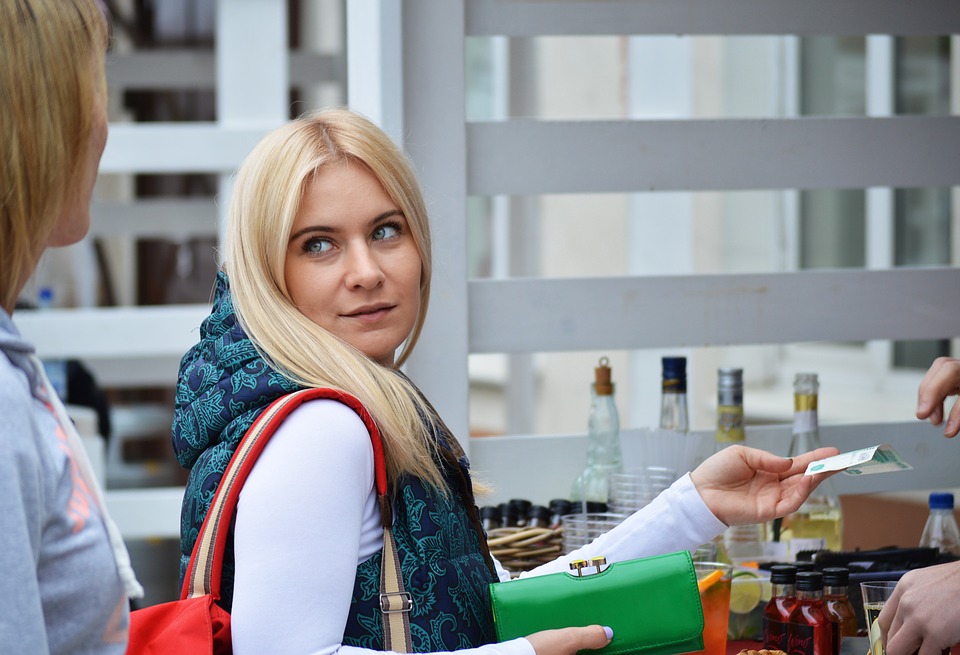Top tools for improving the in-store customer experience in 2016
by WizVille on 7 July 2016 , updated on 17 June 2021

Digital waiting lines, intelligent mirrors, video chat kiosks…More and more companies are integrating the latest technological developments to their stores in a bid to attract new visitors. But are these trends here to stay?
The end of the line for queuing?
According to a 2014 study by IFOP, consumers now spend an average 11 minutes queuing, and this is having a disastrous effect on in-store conversions : one in five shoppers have avoided making a purchase as a result. It comes as no surprise that businesses are now doing everything possible to reduce waiting times or even eliminate the need for queuing at all.
A single queue for multiple checkout counters
UK stores such as Primark have been doing it for years, but this side of the channel, single queues are a rather new thing. French giants Carrefour, Cultura and Fnac were the first to initiate the trend which is now becoming a common sight in stores across France. The system which promises to streamline store exits is already a huge hit with customers who not only save time but also avoid the stress of having to pick their cashier. Sensors placed on the conveyer belt and digital display boards automate the process.
Some stores are also taking advantage of this new step in the buying process to encourage impulse buys by placing products in this larger checkout zone.
The only drawback, as some customers are quick to point out, is that it does not (and will not) solve the problem of understaffing!
Virtual queuing systems
Though they don’t exactly eliminate waiting times, new apps such as JeFile are promising to “digitize queues” by giving consumers the possibility to book a place at the till as they near the end of their shopping session. Five minutes before their turn, they receive a notification that the cashier is almost ready to see them. Customers can then choose to refuse the offer “Give me 5 more minutes!” or to accept it “I’ll be there in a sec!” in just a click. The time saved by avoiding queuing allows customers to go round the store one last time before checking out, thus increasing the possibility of additional sales. A pilot program will be launched this summer.
Speedy payment and self checkout
With the rigorous development of new payment systems over the past few years, it was only a matter of time before they made their way into our stores.
In-aisle payment
To make up for the lack of space allowing for extra tills, brands are increasingly putting in-aisle payments to the test. Such is the case of Franprix, one of France’s leading urban supermarkets where in-store personnel have been able to walk up to shoppers and have them checkout there and then without having to queue at all. The system is currently being tested in two stores and should be extended to a hundred additional points of sale in the course of 2016.
RFID Technology
RFID or Radio Frequency Identification technology makes it possible to read data stored on “smart” tags within a radius of a few cm to several meters. On top of facilitating product tracking and physical inventories, the technology simplifies checkout by instantly scanning items within a same basket.
Nespresso was one of the first brands to use the technology by treating some of its lucky loyalty cardholders to speedy self-service checkout machines. Customers must simply place the items they want in a shopping basket at the checkout kiosk and the amount to be paid is displayed in under 2 seconds. Five of Nespresso’s twenty-six stores have already set up the kiosks and more should follow suit in 2017. A real time-saver for customers, which also gives in-store sales people the opportunity to truly focus on those who require help or assistance.
Fashion brand Zara also uses the technology to allow its customers to check on the availability of a specific item (color / size) in the store they are currently in, in stores around them and even on the company’s website. All they need to do is to scan the tag of the item of their choice. 2000 stores should be equipped before the end of the year.
Mobile payment services
Though the eagerly awaited mobile payment platforms have so far only made a timid appearance in France, things could be about to change. According to a recent study by Deloitte, 80% of French smartphone owners have never used their phone to make a payment, but 21% say they are now ready to give it a go. And this has not fallen onto deaf ears, with many large businesses now rushing to set up the system. To make a mobile payment, customers will simply need to place their smartphone 2 to 3 cm away from the terminal. Some stores may require an additional code or signature depending on the amount of the purchase.
By 2017, mobile payment will be accepted in all of Auchan’s stores with Crédit-Mutel CIC’s app “Fivory“. Apple Pay is also said to be working on setting up its payment system in France and is already in talks with some of the country’s leading banks.
Advice and sales experience
To revive their services and get customers to come back to their physical points of sales, businesses are multiplying attempts to enrich their customers’ in-store experience:
Intelligent fitting rooms
Will virtual fitting rooms become commonplace in 2016?
John Lewis was one of the first brands to set up virtual fitting rooms in 2013, but abandoned them almost immediately due to lack of profitability. Since then, fitting rooms equipped with “intelligent mirrors” have been struggling to find their way into our stores, with some notable exceptions.
Ralph Lauren, for a start. The high-end designer’s intelligent fitting rooms allow customers to automatically calculate the number of items they are trying on, adjust surrounding lighting or call a salesperson or stylist with the click of a button.
Japanese brand Uniqlo has also been particularly successful. Customers who want to try on a same item in various colours, can do so by trying on the first item and then changing its color directly through the mirror, which is actually a screen connected to a touch terminal. Though the brand’s customers certainly appreciate the experience, its profitability has yet to be determined.
Video assistance
To avoid staff downtime, some brands have found a solution by allowing them to remotely assist customers in other stores via video chat terminals.
Some SFR stores have already implemented the system, and allow customers to get expert advice on a product or service, even when no shop assistants are available to assist them on site.
Similarly, car rental company Herz set up Express Rental kiosks in some of it’s stores in an effort to streamline the car rental processes. Customers can rent a vehicle via the self-service machines and only ask for video assistance if required. This is a cost-effective solution for companies and seems like an acceptable compromise for customers.
Share this
Related blog posts

Is your company really customer-centric?

Top Customer Experience Statistics

.png?width=9900&height=2126&name=wizville_logo_couleur_fond_blanc%20(1).png)